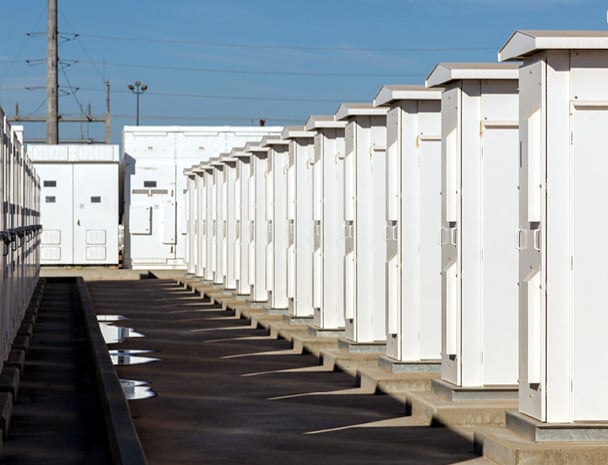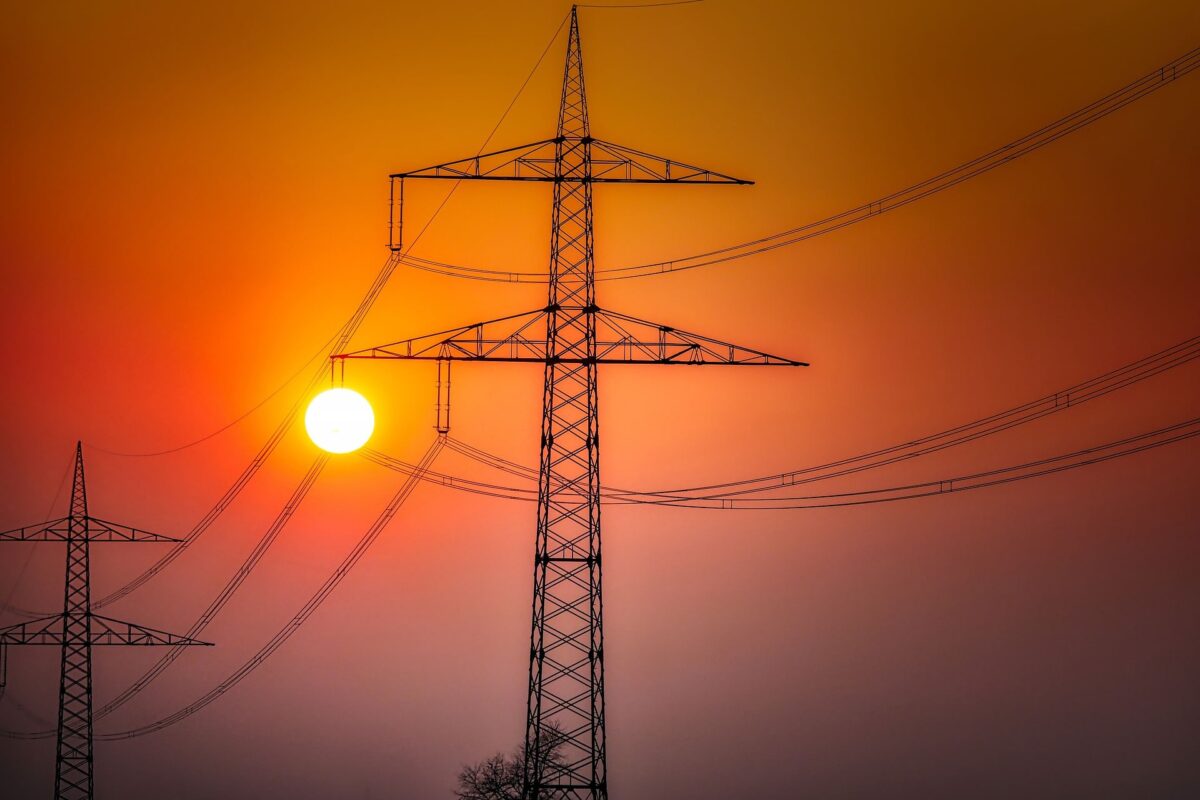It is becoming more and more clear that batteries are the key resource for integrating high levels of variable renewable energy – wind and solar – on the electricity grid. The four-hour lithium ion batteries which have become popular for pairing with solar plants and even to provide services for needs traditionally met with gas plants are showing an increasing number of uses.
Such batteries do not fill all system needs under very high levels of renewable energy, and are particularly lacking in supplying power for weeks at a time to accommodate power demand during lulls in wind generation. However, last week a California utility demonstrated another potential use of battery systems: that they can be used to re-start conventional generation, and potentially re-energize portions of the electric grid following an outage.
As evidence of this, last week Imperial Irrigation District (IID), which serves El Centro and the Imperial Valley on the California-Mexico border, reported that it had used a 33 MW, 20 megawatt-hour lithium ion battery to re-start a 44 MW gas turbine at the El Centro Generating Station. The utility states that this is the first such use of a battery system to provide “black-start” services in the United States.
“The battery energy storage system did not only provide startup power, but converted it, allowing the generator to achieve synchronization,” stated Vicken Kasarjian, manager of IID’s Energy Department. “To our knowledge, this is the first time in history that a battery energy storage system black-started a generator in an operational situation”.
IID says that this means that it can use the battery system to help re-start portions of the grid following a blackout. As part of this, the battery system can re-absorb the output of power plants until grid operators begin restoring customers to the system.
IID is far from the only entity to be looking at the potential of batteries to provide “black-start” and other services after blackouts. The City University of New York (CUNY) recently issued a report looking at the use of distributed solar and storage systems to provide resiliency and emergency power during blackouts, a need for which was highlighted during the aftermath of Hurricane Sandy in New York City.
The new black start functionality of IID’s 33 MW battery system will add to its other uses in incorporating increasing levels of wind and solar on California’s grid. California currently has the highest portion of solar in its electricity mix of any U.S. state, and more than any nation known to pv magazine at 13% of annual generation. However due a lack of larger system flexibility the state is already regularly curtailing renewable energy generation and experiencing increasingly common negative prices.
This content is protected by copyright and may not be reused. If you want to cooperate with us and would like to reuse some of our content, please contact: editors@pv-magazine.com.









By submitting this form you agree to pv magazine using your data for the purposes of publishing your comment.
Your personal data will only be disclosed or otherwise transmitted to third parties for the purposes of spam filtering or if this is necessary for technical maintenance of the website. Any other transfer to third parties will not take place unless this is justified on the basis of applicable data protection regulations or if pv magazine is legally obliged to do so.
You may revoke this consent at any time with effect for the future, in which case your personal data will be deleted immediately. Otherwise, your data will be deleted if pv magazine has processed your request or the purpose of data storage is fulfilled.
Further information on data privacy can be found in our Data Protection Policy.